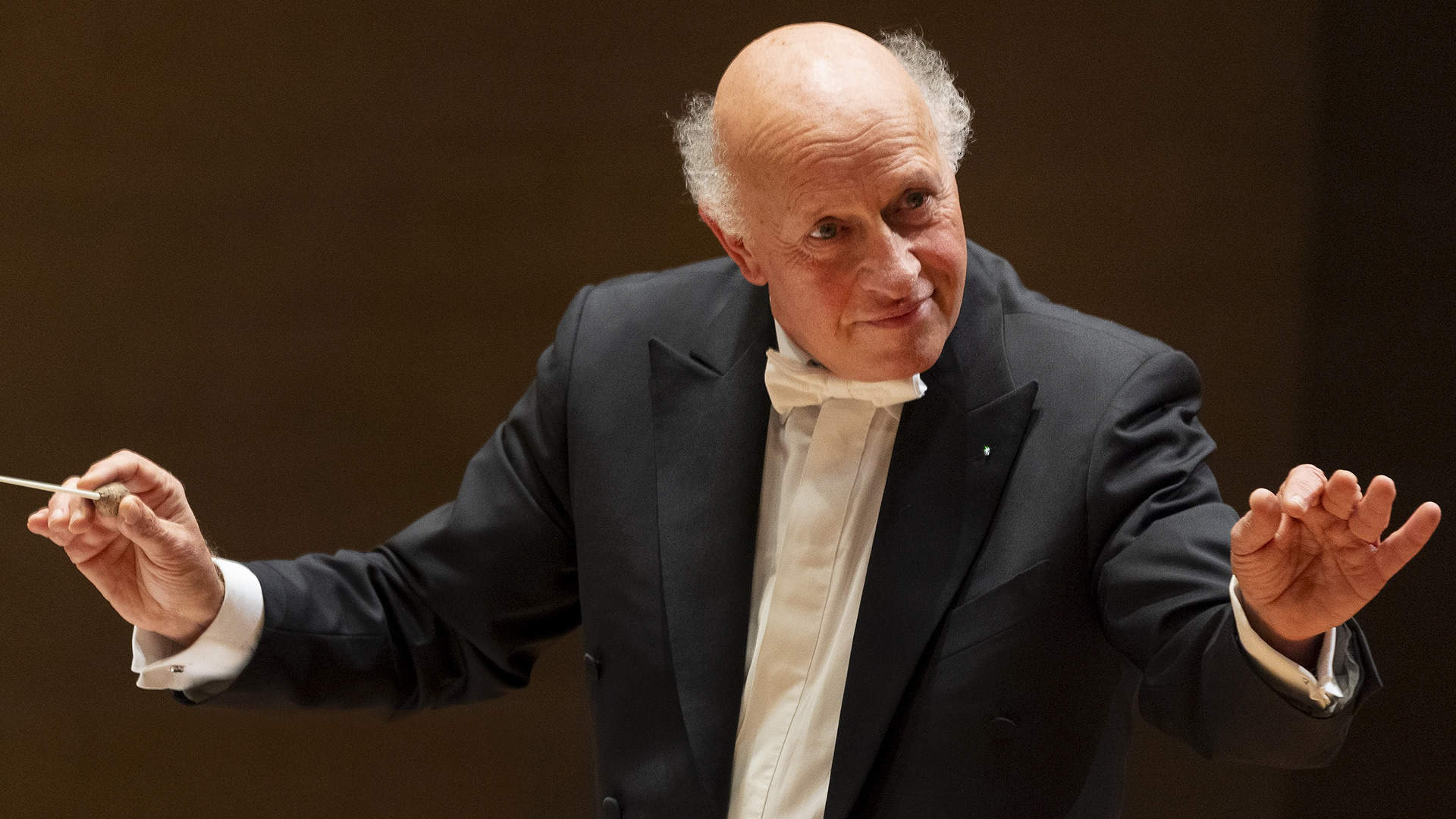BENJAMIN BRITTEN
Variations on a theme by Frank Bridge op. 10
SAMUEL BARBER
Adagio for strings
ANTONÍN DVOŘÁK
Serenade op. 22 (B. 52)
Conductor
Wolfram Christ
Opera Carlo Felice Genova Orchestra
The Variations on a Theme by Frank Bridge for string orchestra was Benjamin Britten’s first major international success. he composition was finished in July 1937, with the first performance the following August 28 at the Salzburg Festival. Britten, just 24 years old, was entering the international scene with a work dedicated to Frank Bridge, who as a composition teacher had played a key role in the young man’s education. The form of the theme with variations proved to be decidedly effective in exposing a real poetics through the reworking of various influences from European symphonism. Beginning with the starting theme, taken from the second of Bridge’s Three Idylls, from 1910, each of the ten variations refers to a particular genre and style-the Italian aria, the classical bourrée, the Viennese waltz, and again the fugue, among others. In his great homage to Master Bridge, but also to the European musical tradition, Britten succeeds in highlighting well his own language, tonal but already directed toward a personal quest that develops from the frequent use of chromaticism and dissonance.
Samuel Barber’s famous Adagio for Strings originated as the second movement of his String Quartet Op. 11 when the composer, winner of the Prix de Rome and a scholarship, was staying in Rome. After the Quartet’s successful first performance in December 1936, Barber decided to transcribe the Adagio for string orchestra. It seems that it was Arturo Toscanini who suggested the transcription, of which he was the first conductor in New York on November 5, 1938. ts great success has made it a symbolic piece especially in American culture, the Adagio has been performed on historically significant occasions, such as the funerals of Presidents Roosevelt and Kennedy, to also be employed in the soundtrack of several films such as The Elephant Man by David Lynch and Platoon by Oliver Stone. The source of inspiration for the composition is literary in nature; Barber was in fact an avid humanist. From a passage of the Georgics of Virgil in which a rivulet of water is described as flowing and irrigating the burned fields, restoring them to life, the composer drew the idea of a piece that unfolds from a lyrical and sinuous theme entrusted in the opening to the violins, and that with the reprise of the other sections and finally the entire orchestra would generate a climax with a touching and epic character.
With the Serenade for Strings Op. 22, composed in just a few days in 1875, Antonín Dvořák decided to experiment with a return to the classical Viennese style that had characterized his output in his early years. Keeping with the idea of a composition that respected the subdivision into movements derived from the classical sonata and suite, the composer made the Serenade in five movements: Moderato, Tempo di Valse, Scherzo, Larghetto and Finale. Each movement internally echoes the structures consecrated by classicism, mostly following the A- B- A pattern, moving from cantabile, slow waltz, giocoso, lyrical, and finally vivace. Melodic invention referring to Bohemian folklore, a central quest in Dvořák’s style, remains evident. The first performance was held on December 10, 1876, in Prague, and was admired by several influential personalities, including Johannes Brahms and critic Eduard Hanslick.
Ludovica Gelpi

